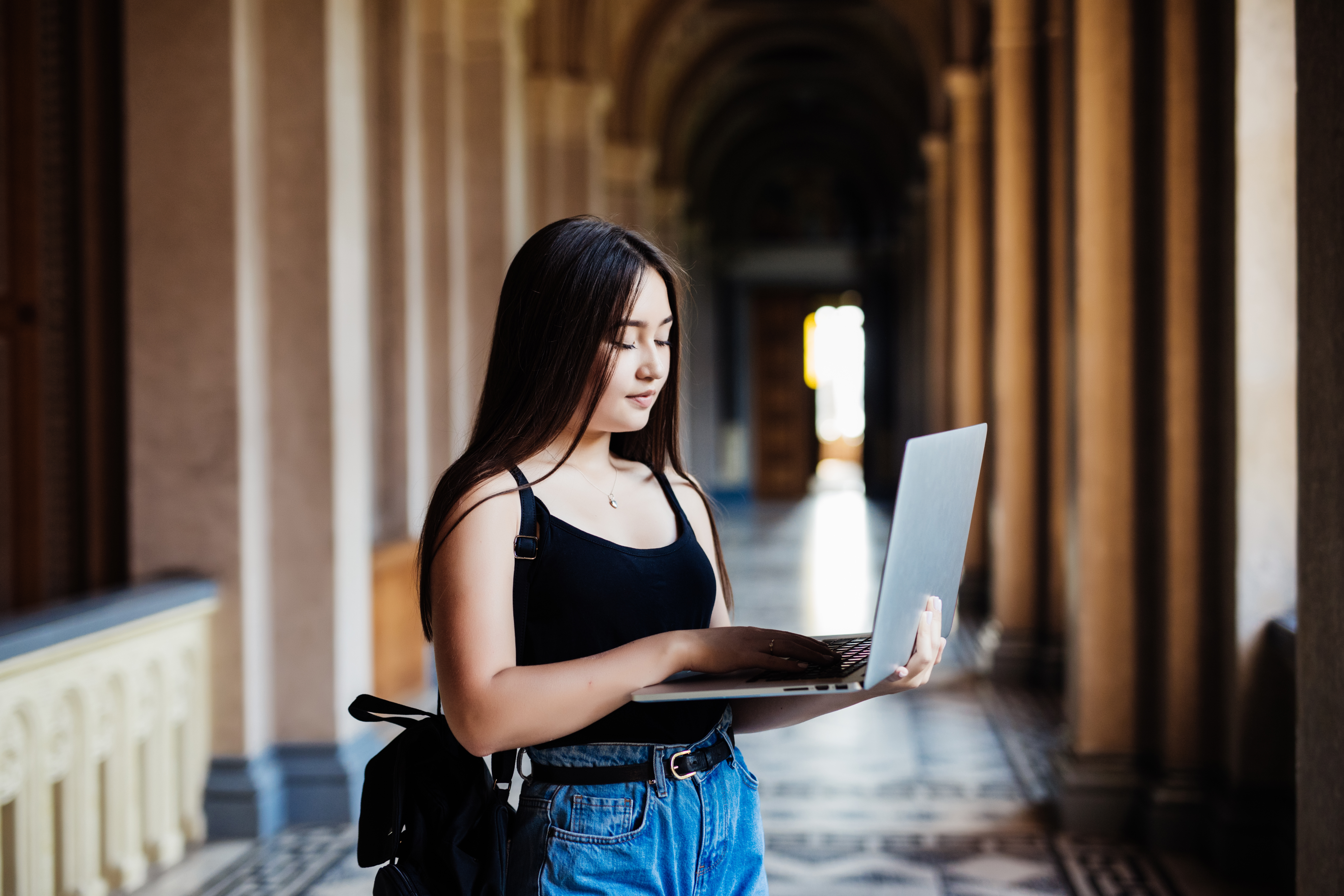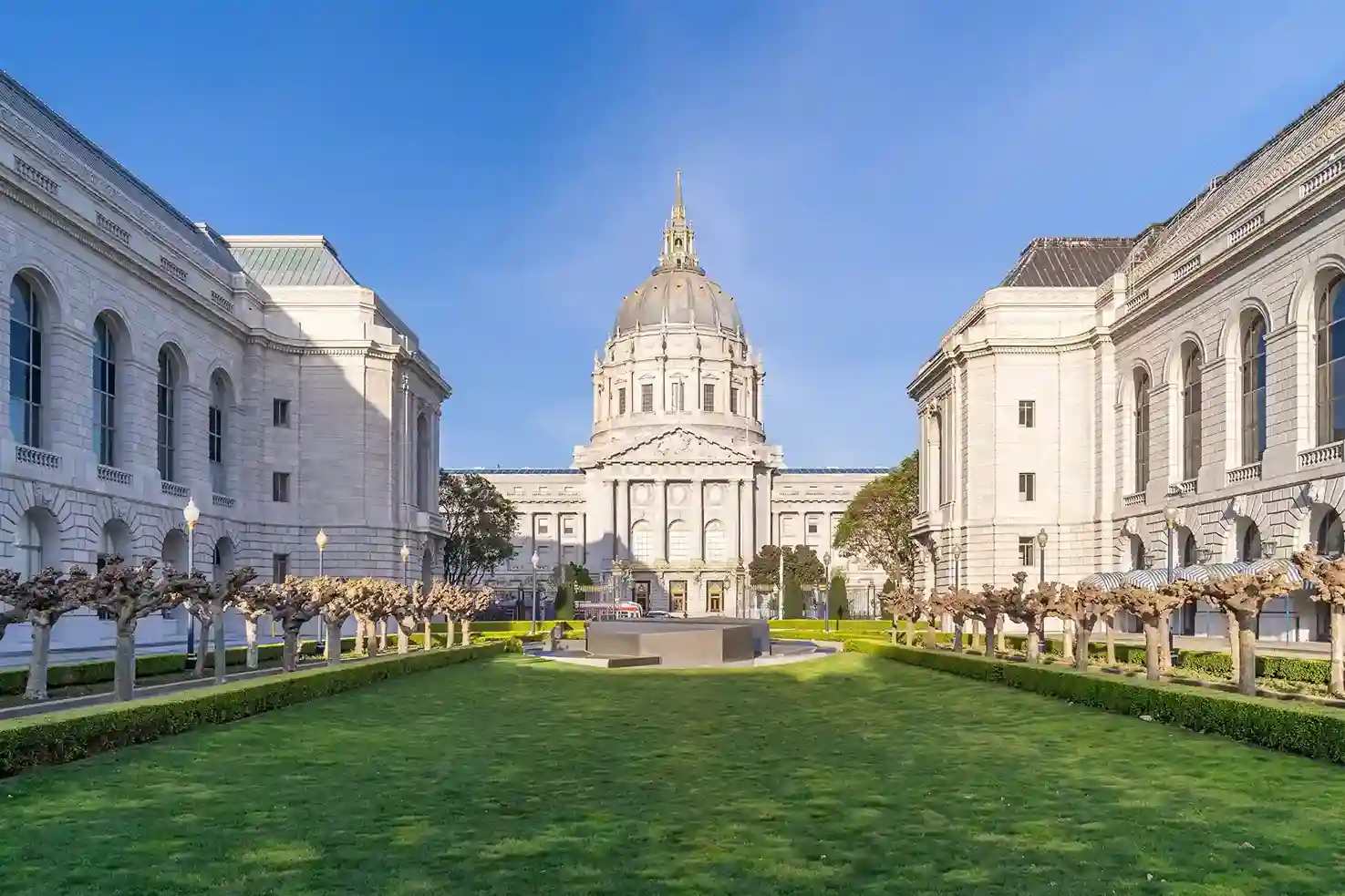USA Student Visa: A Brief Guide for Study Abroad Students
.png)
Students from all over the world wish to study in
the USA, which is one of the most popular study abroad destinations. Despite
the pandemic, the USA has approved 55,000+ student visas for India alone, which
has broken all the records.
If you plan to study in America and you are looking for all the necessary information about the USA student visa, then this article is for you. So, let’s dive in.
1. Confirm admission
Once your university confirms your admission, you
will receive an acceptance letter. Unless you receive this, you cannot proceed
with the visa application process. The university gets you registered on
Student and Exchange Visitor Information System (SEVIS). You will receive
either Form I-20 or Form DS-2019, the former is for F (study program more than
18 hours) or M visa type (vocational courses), and the latter is for J visa
type (visitors pursuing an exchange program).
2. USA student visa types
F1 student visa: If the duration of the study program is more than 18 hours per
week, you can apply for an F1 student visa. All the undergraduate and
postgraduate programs are covered under an F1 visa.
J1 exchange visitor visa: As the name suggests, this is exclusively
reserved for exchange programs and not for regular courses.
M-1 visa: If you are opting for vocational training or technical programs, then
an M-1 visa is for you.
3. Eligibility Criteria
Acceptance letter: Your university should confirm your admission
by sharing an acceptance letter with you. Keep this ready for further US student visa application
process.
Proof of Funds: When you are studying abroad, you need to have sufficient funds to
pay for your university and cover your living expenses, etc. When you apply for
an education loan, your
education loan provider will provide proof of funds. This document suggests
that you have enough funds to live in the USA.
English Proficiency Test: Your English language skills will be gauged
based on English Proficiency Test scores. So, take English proficiency tests
like IELTS, TOEFL and PTE well
in advance to ensure that you have the test score ready when you apply for a
USA student visa.
4. SEVIS
The university will get you registered on SEVIS,
but you will have to pay the fees. Currently, the SEVIS fee is $350, $220 and
$350 for F1, J1 and M1 visas respectively.
5. DS-160 Form – USA student
visa application
This is a new non-immigrant visa application form
that has to be filled online. Ensure you enter all the details just as they
reflect in your passport. Also, proceed with the DS-160 application process
only after you have completed the SEVIS registration. You will have to enter
your SEVIS ID when applying for the DS-160 Form.
6. List of documents required
to apply for a USA student visa
- Acceptance
letter
- A
valid passport
- SEVIS
receipt
- DS-160
application confirmation
- Form
I-20
- Visa
fees payment receipt
- English
language proficiency test scores
- Proof
of funds
- Previous
academic certificates
- Two
photographs
7. Visa Interview
To avoid the last-minute rush, you can apply 2-3
months before your study program begins. After filling the DS-160 form, connect
with the nearest US Embassy to schedule your visa interview. Thoroughly prepare for your visa interview by
making a list of questions that may be asked during an interview. Your English
language skills, your chosen course & university, entrance exam score, and
so on could be some of the questions asked during the USA student visa
interview.
Ideally, soon after your visa interview,
authorities will inform you if you cleared the interview or not or if they need
more documents. An F1 visa will be issued up to 120 days before your university
admission date. However, you will be allowed to travel 30 days before your
course starts, not earlier.
We, at Avanse, understand that there can lot of
education-related costs which can be expensive when you travel abroad. Hence,
our education financing solutions cover the holistic cost of education
including airfare, tuition fees, equipment cost, accommodation cost, living
expenses, and more. So, we hope this helps when you plan to study abroad.
If you have any doubt, we will be glad to assist
you. We are just a call away. All the best!

sadsd ddf
asdfsdf
We always aim to offer you competitive interest rates on your Avanse Education loan.
The rate of interest on your loan is calculated as: Interest Rate = Avanse Base Rate +
Spread.
Our current Base Rate is 14.55% (WEF 01.12.2024).
The Spread is floating and is based on analysis of overall credit and course profiling.
- Rate of interest on student loan will be floating in nature.
- Interest is calculated using Simple Interest Rate with Monthly rest.
This rate is subject to the terms and conditions of Avanse Financial Services Ltd.

.png)




.webp)
